
When it comes to providing optimal lighting conditions for indoor plants, we often focus on the visible spectrum of light. However, there are two spectrums, UV (Ultraviolet) and IR (Infrared), that play crucial roles in the growth and development of plants. In this blog, we’ll explore the functions of UV and IR light for indoor plants and uncover the hidden power of these often overlooked wavelengths.
UV light, consisting of UV-A and UV-B, has unique effects on plant growth and vitality.
IR light, specifically IR-A and IR-B, plays a role in shaping plant morphology and promoting growth.
To fully leverage the benefits of UV/IR light for indoor plants, it is essential to choose the right lighting solutions:


Understanding the functions of UV and IR light for indoor plants unlocks new possibilities for maximizing plant growth and health. By incorporating UV-A and UV-B light, plants can develop stronger defense mechanisms and exhibit enhanced flowering, fruiting, and medicinal properties. IR-A light influences plant morphology, promoting optimal growth patterns. By harnessing the power of UV/IR light through suitable lighting solutions, indoor gardeners can provide their plants with a well-rounded light spectrum and unlock their full potential for thriving in an indoor environment.

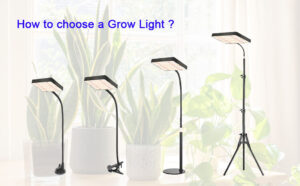
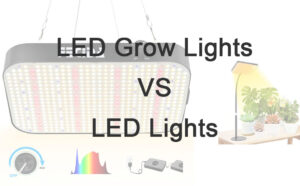
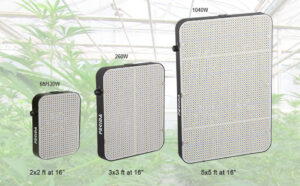
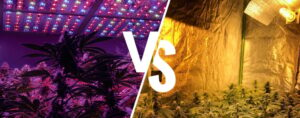
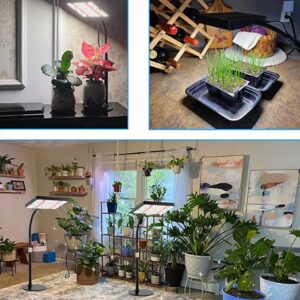
When you place an order in Check Out page, select “Create an account“, system will automatically create an account for you and send the account info to your Email Address.
